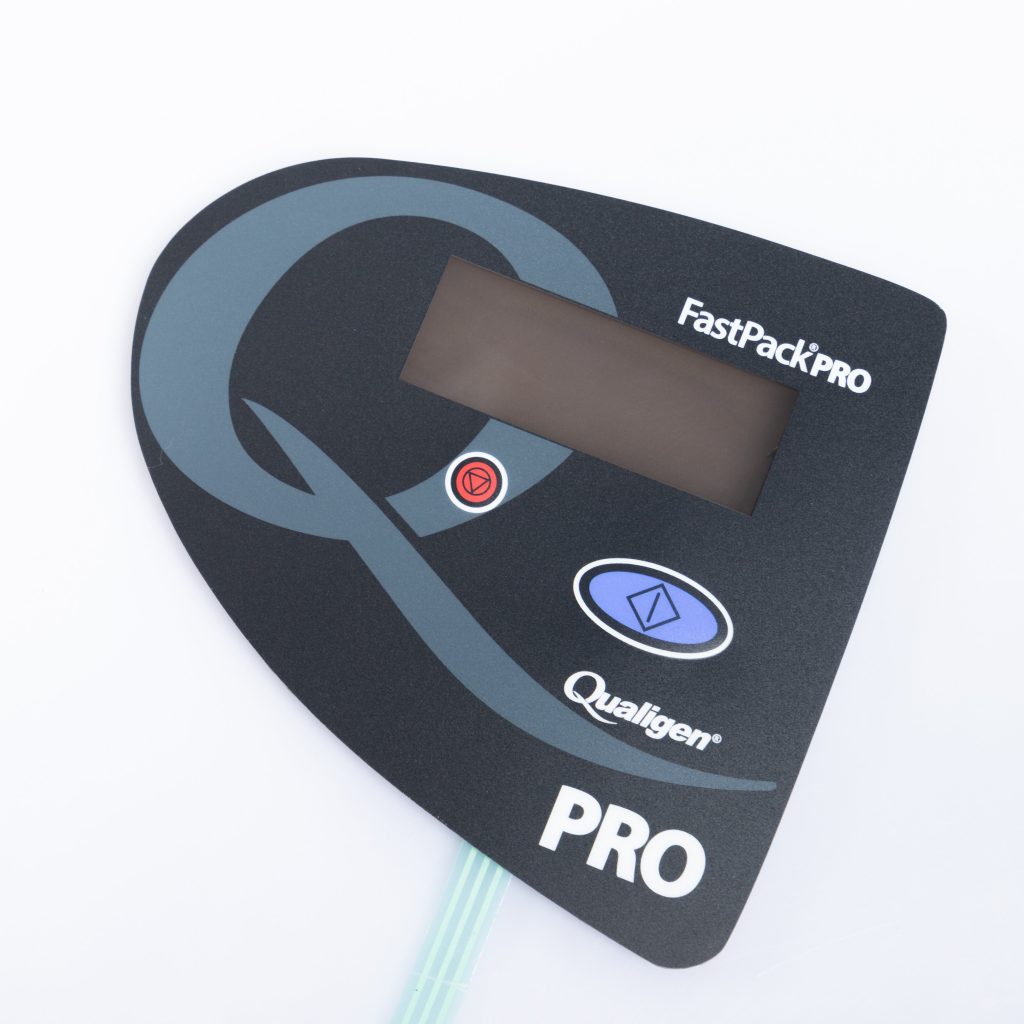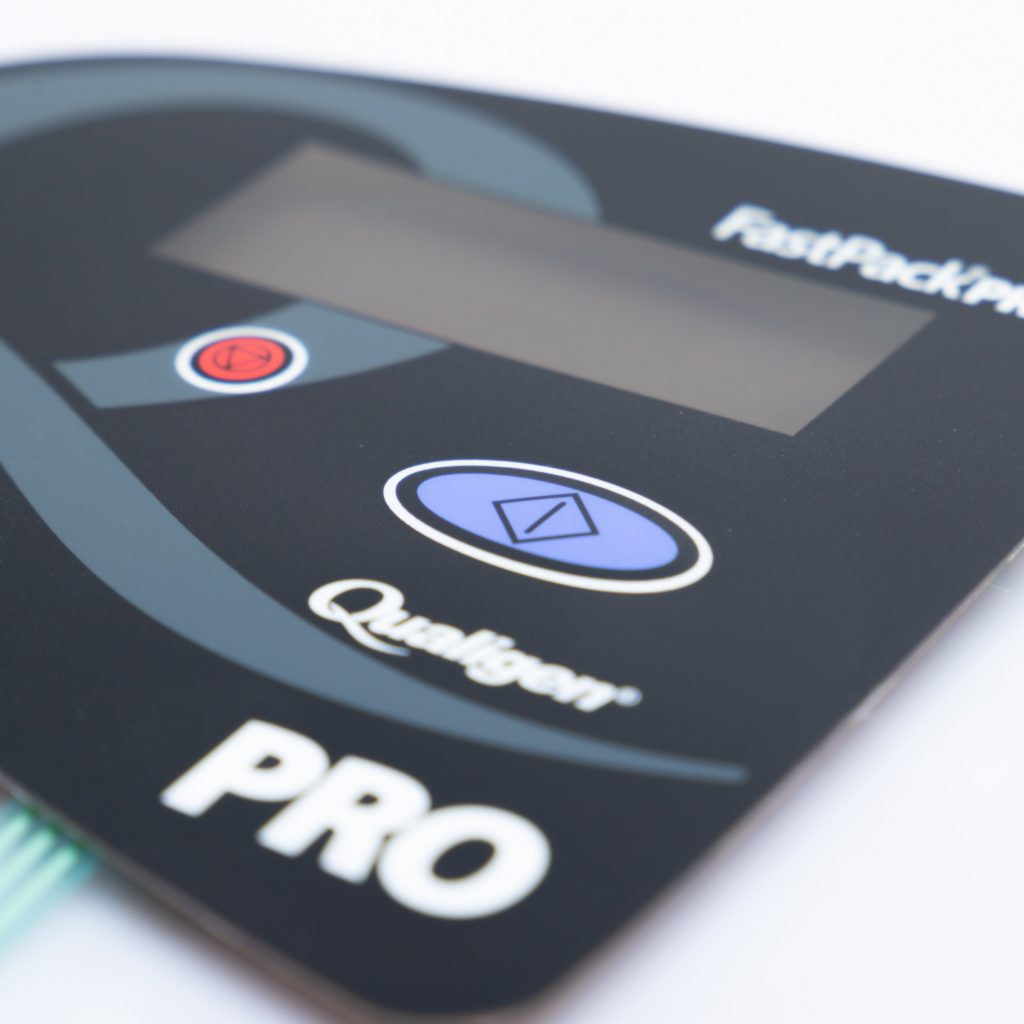Contact
Write to Us And We Would Be Happy to Advise You.
Do you have any questions, or would you like to speak directly with a representative?
By hqt
In the fast-paced world of medical equipment, innovation plays a crucial role in improving patient care and overall medical outcomes. Membrane switches have emerged as an integral component in medical devices, enabling seamless user interaction and control. This article delves into the standardization and application of membrane switches in medical equipment, highlighting their significance, benefits, and future prospects.



Membrane switches serve as a critical interface between medical professionals and equipment. These slim, low-profile devices provide a user-friendly interface, allowing for efficient control and operation. With their flat surface and responsive touch technology, membrane switches offer a range of benefits for medical equipment manufacturers and end-users alike.
Membrane switches find wide-ranging applications in various medical equipment, contributing to improved functionality, reliability, and user experience. Let’s explore some key areas where membrane switches are extensively utilized:
1. Patient Monitoring Systems
Patient monitoring systems are crucial for continuously monitoring vital signs, such as heart rate, blood pressure, and oxygen levels. Membrane switches integrated into these systems enable healthcare professionals to navigate through different parameters, set alarms, and record patient data with ease.
2. Diagnostic Devices
Diagnostic devices play a pivotal role in early disease detection and accurate diagnosis. Membrane switches are incorporated into these devices, allowing medical professionals to access different test options, adjust settings, and interpret results conveniently.
3. Surgical Equipment
Precision and control are paramount in surgical procedures. Membrane switches integrated into surgical equipment, such as electrosurgical units and laser devices, facilitate accurate control of power levels, modes, and other essential functions.
4. Laboratory Instruments
Laboratory instruments, including spectrophotometers, centrifuges, and analyzers, rely on membrane switches for user-friendly operation. These switches enable precise input, calibration, and selection of desired parameters, enhancing laboratory productivity and efficiency.
The standardization of membrane switches in medical equipment is crucial to ensure consistent quality, reliability, and compatibility across different devices. Standardization efforts aim to establish guidelines and specifications that streamline the design, manufacturing, and performance aspects of membrane switches in the medical industry.
Standardization organizations, such as the International Electrotechnical Commission (IEC) and the American National Standards Institute (ANSI), play a pivotal role in developing industry standards for membrane switches. These standards cover various aspects, including materials, construction, electrical characteristics, environmental resistance, and labeling requirements.
1. What materials are commonly used in the construction of membrane switches?
Membrane switches are typically constructed using flexible materials such as polyester or polycarbonate for the switch layer and graphic overlay. The circuit layer utilizes copper or silver ink for conductive paths, and the adhesive layer ensures secure bonding to the equipment surface.
2. Can membrane switches withstand harsh medical environments?
Yes, membrane switches are designed to withstand harsh medical environments. They exhibit excellent resistance to moisture, chemicals, and temperature variations, making them suitable for use in sterilization procedures and challenging operating conditions.
3. Can membrane switches be retrofitted into existing medical equipment?
Yes, one of the advantages of membrane switches is their flexibility in retrofitting. They can be customized to fit the dimensions and requirements of existing medical equipment, providing an upgrade in terms of functionality and user experience.
4. Are there specific regulations governing the use of membrane switches in medical equipment?
While there are no specific regulations governing membrane switches in medical equipment, compliance with relevant medical device regulations, such as the FDA’s Quality System Regulation (QSR) and European Medical Device Regulation (MDR), is essential. Manufacturers should ensure that their products meet the necessary safety and performance requirements.
5. What does the future hold for membrane switches in medical equipment?
The future of membrane switches in medical equipment looks promising. With ongoing advancements in technology, including the integration of touchscreens, haptic feedback, and advanced materials, membrane switches are expected to become even more versatile and intuitive. The focus on human-centered design and user experience will drive further innovations in this field.
6. How can medical equipment manufacturers ensure the quality of membrane switches?
Medical equipment manufacturers should partner with reputable suppliers who follow industry best practices and adhere to quality management systems. Collaboration with experienced membrane switch manufacturers will ensure the use of high-quality materials, adherence to standards, and rigorous testing, ultimately delivering reliable and long-lasting products.
Membrane switches have revolutionized the user interface of medical equipment, offering durability, ease of use, and customization. Their widespread application in various medical devices highlights their importance in the healthcare industry. With ongoing standardization efforts and advancements in technology, membrane switches are poised to play an even more significant role in enhancing medical equipment’s functionality, efficiency, and user experience.
Do you have any questions, or would you like to speak directly with a representative?